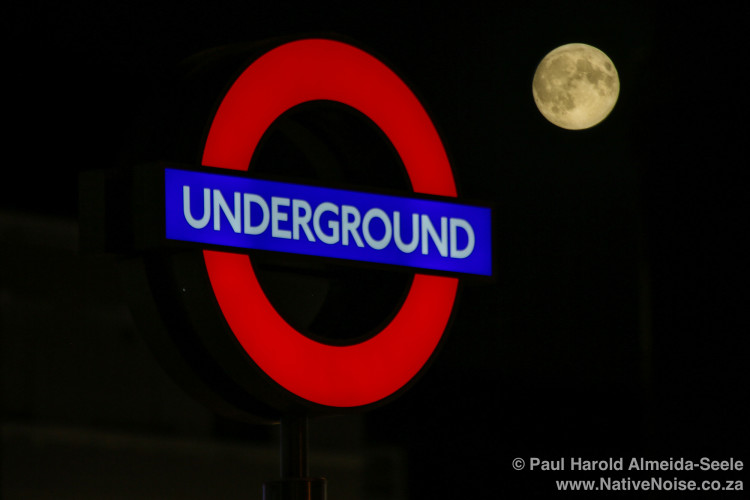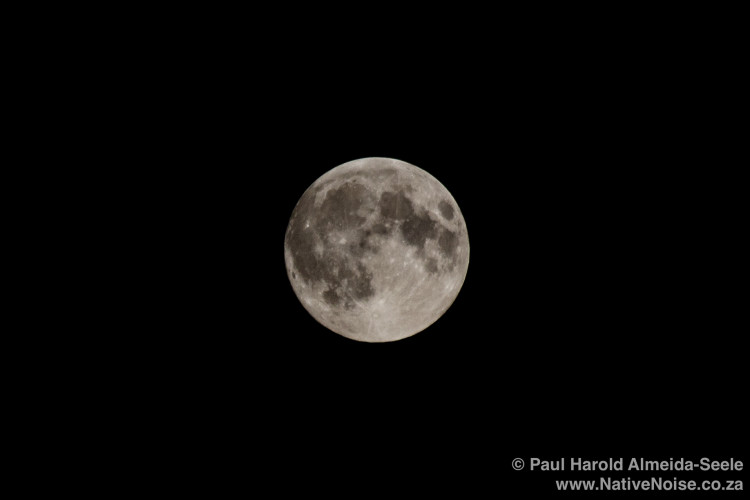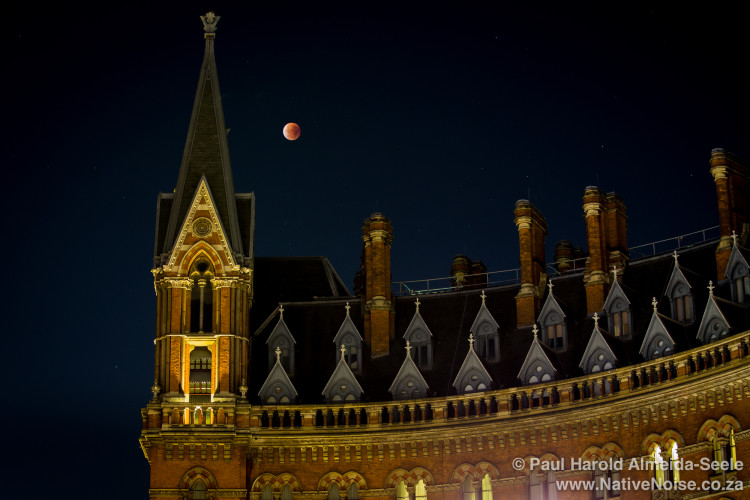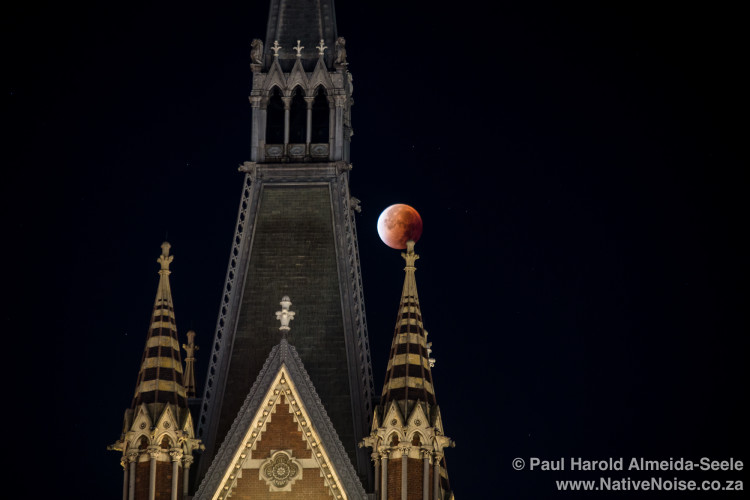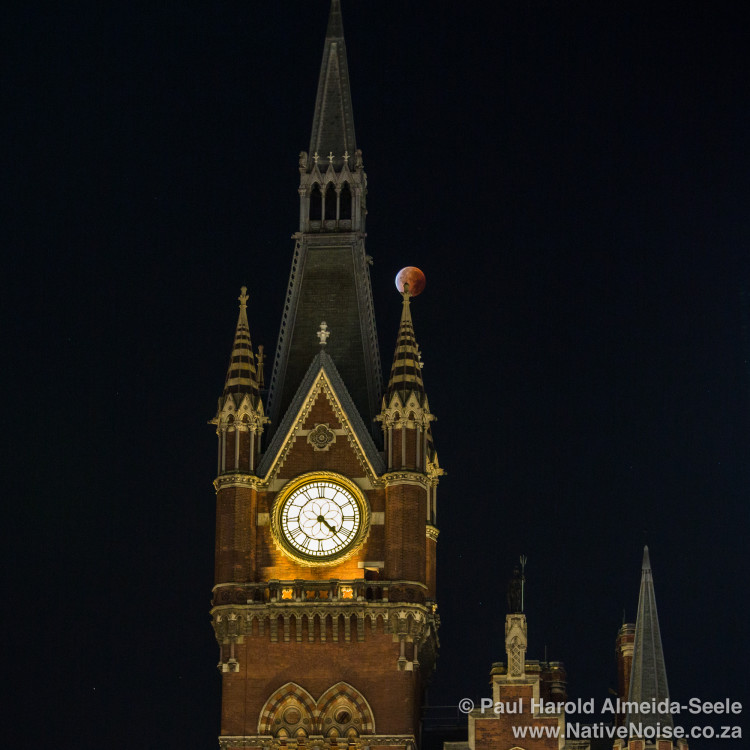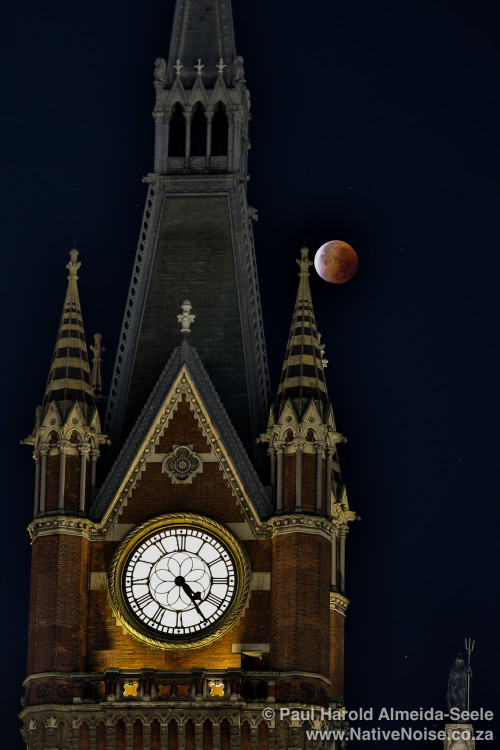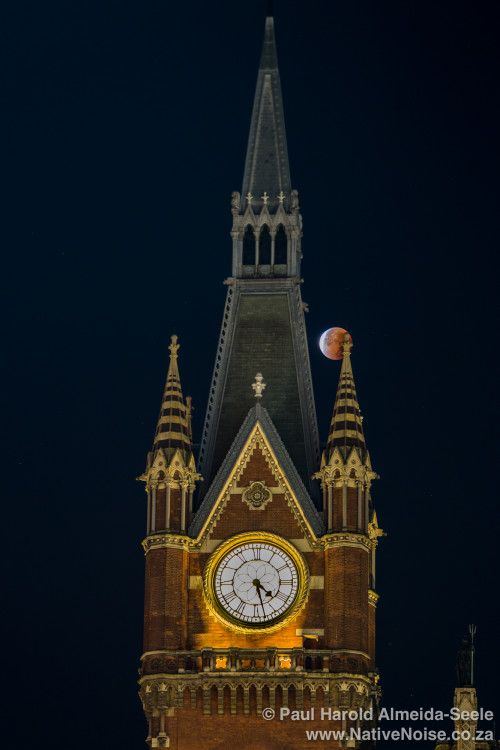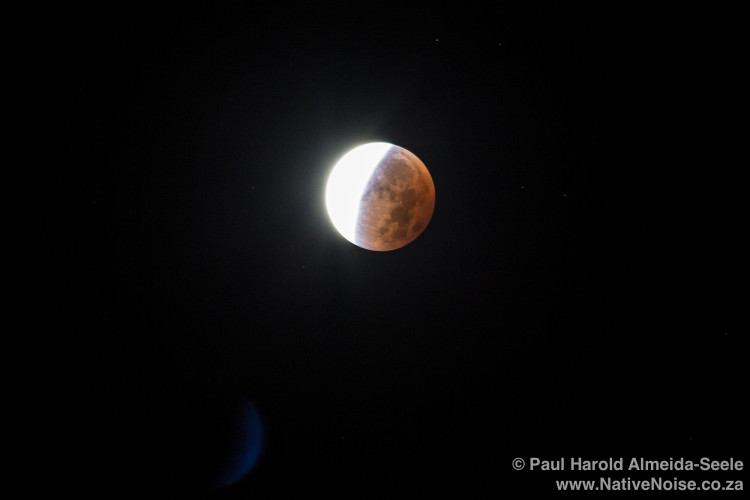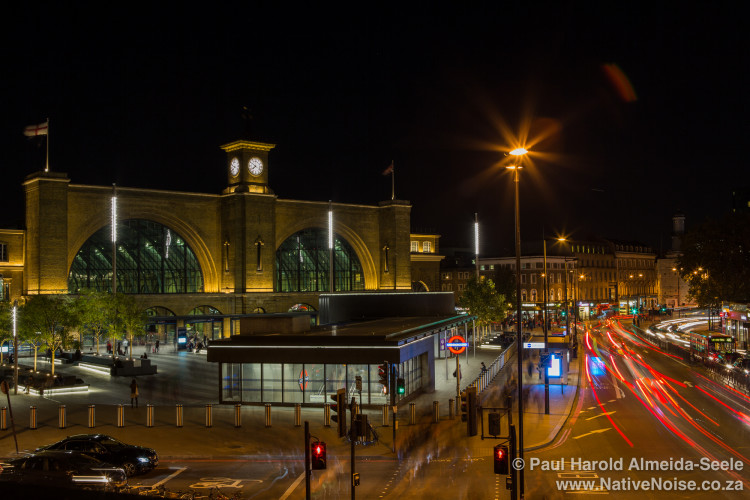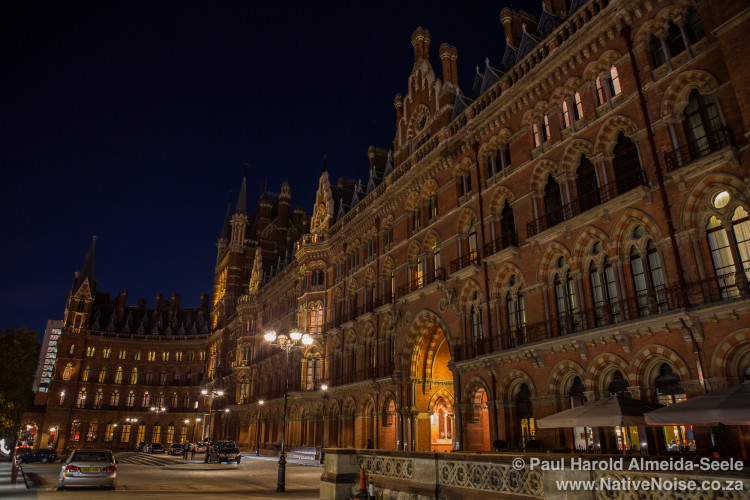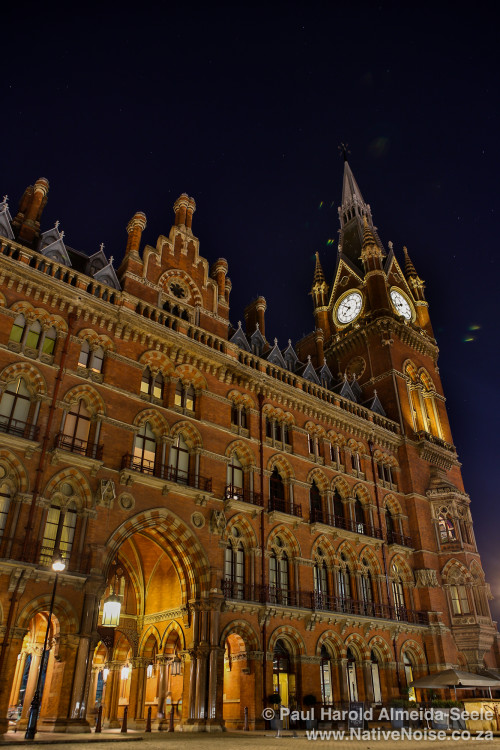Capturing the Super Blood Moon in London (27/28 September 2015)
I’ve been wanting to photograph a super moon for ages but the timing or weather hasn’t been in my favour whenever it happens. A regular super moon is surprisingly common but when I heard about the “super blood moon lunar eclipse” it sounded like an unmissable opportunity. The combination of events last occurred in 1982 – the year I was born, so it held some personal significance too.
I haven’t had a lot of experience capturing moon photos, so I had a number of things to consider.
Timing
A photographer rarely gripes about having too much time, but that was one of the challenges in this case. The lunar eclipse turned the moon red over a few hours. This was happening in the early hours of Monday morning, so I couldn’t afford to pull an all-nighter before going to work.
The moon looks bigger when it’s closer to the horizon so I also wanted the perfect combination of the moon looking epic with a point of interest in the foreground. This meant that the moon would need to be low enough in the sky to appear larger but high enough that it wasn’t completely hidden behind any buildings. I was able to narrow the optimal window down to around an hour from 4-5am.
Location
I live in London which is reliably a blessing and a curse in many ways, including moon photography. City lights are not ideal when photographing the night sky because they create a lot of ambient light pollution. On the other hand London is such an icon city filled with recognisable landmarks that make interesting foreground subjects, giving the moon more relevance.
I am fortunate enough to live 800 metres away from the St. Pancras train station and hotel, a beautiful gothic building with a stunning clock tower. I decided that would be the perfect foreground subject for my super blood moon photos.
Safety
Wondering around at 4am with expensive camera equipment is ill advised at the best of times, so it was important to avoid shooting in any dark alleys or being a target for any opportunistic criminals. Fortunately Kings Cross St. Pancras is a busy train station, with plenty of CCTV and police/security presence – even at 4am!
My wonderful wife was also interested in seeing the eclipse so she stood guard and watched my back while I fiddled with my camera settings. Woe betide any would-be mugger that might have tried to cross her path.
Equipment
I know that the moon is best captured with a telephoto zoom lens. The biggest zoom I own is a 70-300mm Canon. It’s no telescope but would certainly perform better than an iPhone. A sturdy tripod was obviously vital for steady shots and further complimented by using a remote control so I wasn’t wobbling the camera when pressing the shutter release button.
Preparation
I have had a few lucky moon shots on various holidays before, but this was the first time I set out with the sole intention of photographing the moon. Preparation would be key!
I read many conflicting articles about the best settings to use and settled on manual focus, spot metering and plenty of trial & error for the best results (fortunately time would be on my side).
Having selected my location, I had to be certain that the moon would actually be visible from my viewpoint. For this I turned to The Photographer’s Ephemeris – an incredibly useful website with a handy mobile app. I downloaded it more than a year ago for info on sunrises and sunsets, but it also covers detailed information about the moon. Using the app I could check what direction the moon would rise and set, relative to where I was planning to take my photos.
As mentioned above, timing was crucial to catch the moon low enough to be juxtaposed with foreground objects, high enough to be visible as well as eclipsed enough to be a blood moon. To prepare for this the Time & Date website was incredibly useful. It helped me calculate the perfect time to catch the end of eclipse.
Test shots the night before
The super moon rising in Sunday night was bound to be spectacular, even if the eclipse wasn’t due for another 8 hours, so I used that opportunity to get my eye in with a few practice shots. The full moon was beautiful but I struggled to position it behind any interesting foreground buildings. As I was about to give up I noticed a London Underground sign and could position myself so that the moon was visible between two buildings. I was very satisfied with the composition and set about taking a few shots. My position made it impossible to focus on both the sign and the moon at the same time, so I focuses on each individually and then merged the images as a composite in Photoshop. Fortunately when it came to the blood moon photos I could make all the necessary adjustments with Lightroom’s basic sliders so photoshop wasn’t required again.
The moment of truth
My alarm went off at 3:45am and I shot out of bed! As we groggily walked towards St. Pancras station, searching the sky for any sight of the blood moon a sense of disappointment threatened to sink in. Worrying that I’d left it too late, there was a huge sense of relief as the moon slowly came into view. I took a few photos of the super blood moon above the west end of the St. Pancras hotel and was about to call it a night, but had a niggling feeling that there was a better angle. Positioning myself on the other side of Kings Cross Station I found the view I was after, the super blood moon, next to the clock tower of St. Pancras International!
I am thrilled with the results and learnt a lot in the process. I’m sure I’ll get even better shots of the next super blood moon lunar eclipse, but we’ll have to wait until 2033 to find out.
